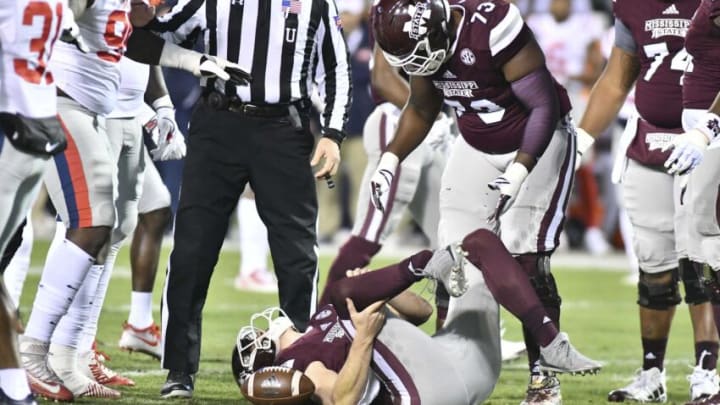
Targeting
Old Rule: If a player commits targeting, they must sit out the remainder of the game. If the foul occurs in the second half of a game, they must also sit out the first half of the next game.
New Rule: The rule stays the same, except that now a team can appeal for a review and get the call reversed for the next game.
Commentary: This is a step in almost no direction. First, only 50% of the targeting calls will even be eligible for this review since half the targeting calls wouldn’t have the next game penalty. Second, we’ve seen this kind of thing in the NBA, MLB and NFL. Independent reviews rarely go in favor of the player, unless it is a star, then somehow they do… While there are conspiracy theories on why this is (protecting refs), the bottom line is these don’t happen often.
My recommendation is the following:
- Targeting I – Part of the football play, unintentional and careless. Most targeting calls would fall into this category. The penalty would be a 15 yards and an automatic first down. If a player gets a second targeting call in a game, they are dismissed.
- Targeting II – Clear intent to cause harm, unnatural and dangerous. In maybe 10% of the targeting calls there is clear intent to cause harm. In these cases, the same rule would apply as there is today, and for the heck of it, it can be reviewed.
This would fix a lot of problems in college football. No player wants to be responsible for a 15 yard penalty or be put into a spot where if they commit another foul they will be kicked out of the game. Will targeting go up? Maybe slightly, but the game is being hurt with players being kicked out for hits that often times are a result of the tackle box changing at the last second.
